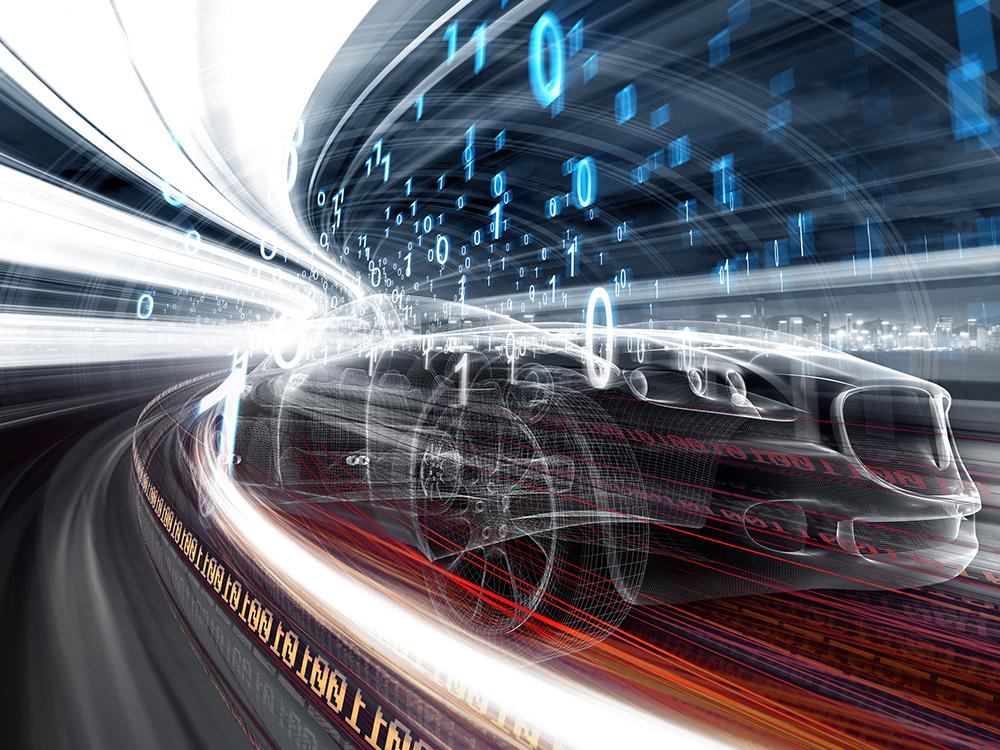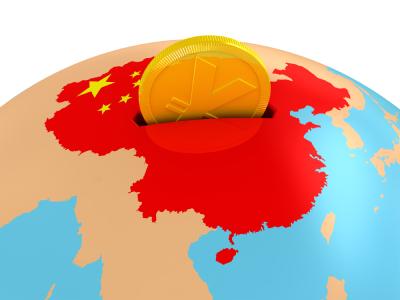
If you’ve been to Los Angeles lately, you may have come across an electric car whizzing by. California seems to have become the default location of environmentally friendly automobiles. Later this year you may also spot an electric bus trundling around the city. What might surprise you even more than that sight is that it will most likely be a bus manufactured by BYD of China.
The first Chinese automaker to manufacture in the US, BYD is also selling electric fleet cars to American companies. This is part of the company’s long-held ambition to be a leading player in electric vehicles. The company’s founder, Wang Chuanfu, never made any secret of that fact, saying very early in the carmaker’s journey that “the real purpose behind BYD’s entry into the fuel car market is to make electric cars.”
BYD has come a long way, but its dream of becoming a leading automaker and leading electric automaker is far from its grasp. Despite the BYD e6 electric taxi hitting the streets of Shenzhen and Hong Kong, it’s struggling to sell its core electric offering to consumers and won’t be selling in the U.S. at all. BYD is now throwing all its weight behind the electric market to bolster its flagging prospects.
The company has used a frugal mindset to reach its current position. It has successfully innovated its processes to build scale and become a master copyist. But for the next phase of its growth, it will be essential to acquire new capabilities.
Humble beginnings
In a recent case study, we look at BYD’s journey from humble beginnings. The company began making rechargeable batteries in 1995 and has always done things frugally to compete. When the company wanted to migrate from making NiCad batteries to Lithium-Ion ones, which charged faster and lasted longer, it simply couldn’t afford the kind of kit that the big Japanese companies could. To get scale, it had to think small.
The “clean rooms” which provided the essential dust and humidity-free environment for safe manufacturing cost around US$5 million in 1995, when BYD’s registered capital was RMB2.5 million. So it created the “clean box”, which a single worker could insert their hands into through rubber gloves to work on the batteries. This enabled the company to scale up or scale down production or reconfigure production lines very easily, maximising productivity and value.
Changing gears
BYD was essentially innovating, finding greater value through process improvements to make things of high quality, cheaper than the incumbents and the same mentality was carried into car production as well. In 2003, it made its leap into automaking by acquiring state-owned Xian Qinchuan, which lacked scale and business capabilities. So Wang reached out to start building a supplier network, but once again, its small size became an impediment. Vendors didn’t want to negotiate competitive prices if they didn’t see high volume possibilities. It turned once again to restructuring the processes. It designed machines for painting vehicles that were a fraction of the cost of buying in. BYD also designed its own car mould machinery and eventually served as a manufacturer of moulds for other carmakers.
BYD had proven its muscle at doing what others did, but in-house and cheaper. To establish itself in the competitive auto market, it followed this approach, using the Toyota Corolla, a fast-selling Japanese car, as a template and the company provided it for less than half the price (Pictured). Despite criticism of being a copycat, BYD made no apologies and is actually proud of its “reverse engineering” skills. The company’s engineers also famously reverse engineered the boss’s Mercedes into the S8.
But this can’t last
But as BYD enters the next phase of its growth story, its copyist strategy needs updating. While its frugal, focused innovation approach catapulted BYD’s battery business into prominence (with 25 percent of the mobile phone battery market globally), its auto making business marches to a different set of consumer rules. Design is one. Understanding the consumer is two.
Copying is a challenge because its initial success was built on making something that was similar to existing products in the market, but for a fraction of the price. While innovative, it is stuck on price and there are only a handful of world famous models like the Toyota Corolla around. What’s more, most consumers don’t see a battery and wouldn’t know the difference. With cars, they need to build an affinity with a consistent image.
Take BMW for example. Most people can recognise the rounded ring style headlights, the shape of the body and the brake lights, all conjuring up the same identity in the mind. Its distinguishing features are also consistent across different models. There is a design consistency that carries the brand with it.
BYD has a variety of cars that look like Mercedes and Toyota knock-offs. It needs to look at developing its own designs and templates. It has the capabilities to manufacture them. It should also try and understand its consumers and what they’re looking for.
The best way forward in the short run is for BYD to acquire the capabilities it needs, most notably design and marketing flair. TCL, a Chinese television manufacturer acquired world-class design capabilities when it bought the majority share in a joint venture with Thomson of France. It was also the design ethos the joint venture injected into TCL that brought it forward. BYD could learn something from this.
-
View Comments
(1)
-
Leave a Comment





Anonymous User
11/12/2013, 03.56 am
I agree, I feel BYD is on the right track.If they can push hard in the social media department they'll be well on their way.Privately owned companies in China need a huge push by the State (not just subsides) to get people talking about them.China should start a cash for gas guzzler cars in exchange for EV's especially in the big cities where pollution is deadly.